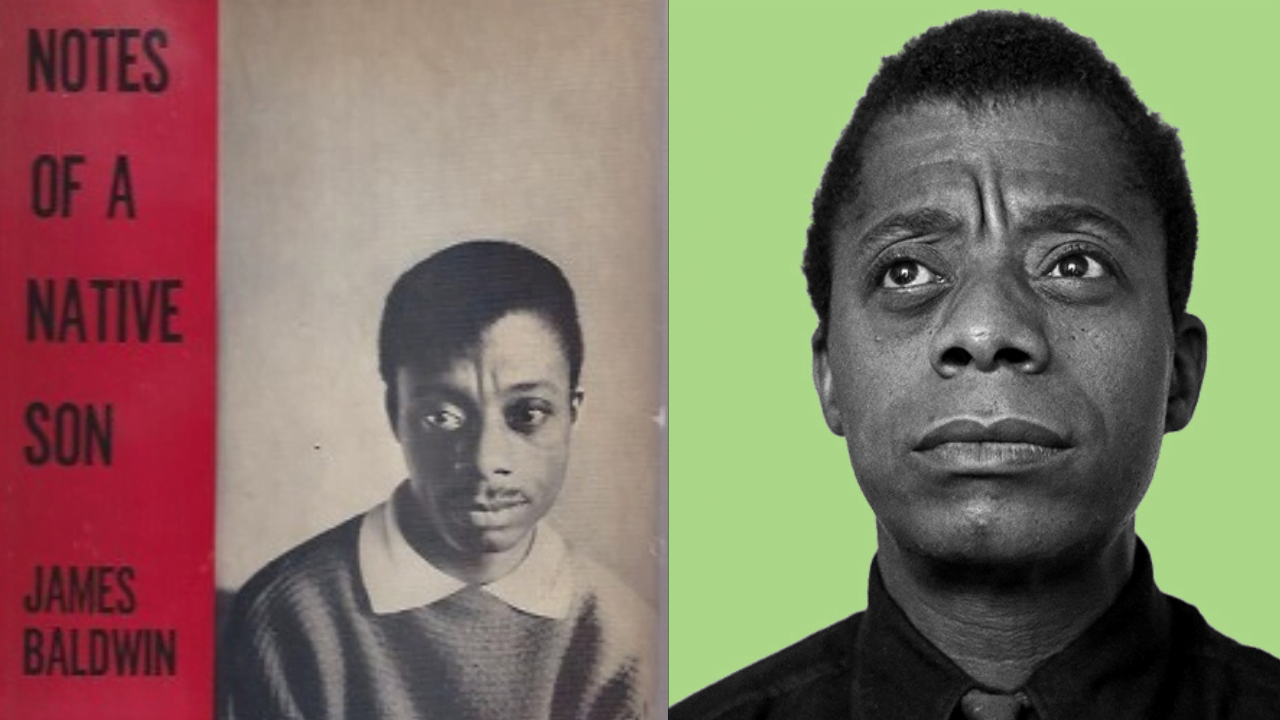At the outset, James Baldwin lets his readers know in the Introduction to his collection of essays – Notes of a Native Son that he wants to be an honest man and a good writer. This element of vulnerability combined with his ability to use his words to articulate the vast African American experience in the United States, is carried through in the entire book.
James Baldwin explores the social fabric of America in the 1950s and 60s by intertwining personal anecdotes with larger observations about the social structures at work. His exposition of social inequity faced by black people and how these injustices manifest is done through the lens of his own experience. Through this, he effectively shares his worldview about race, identity, oppression, justice and power with the reader.
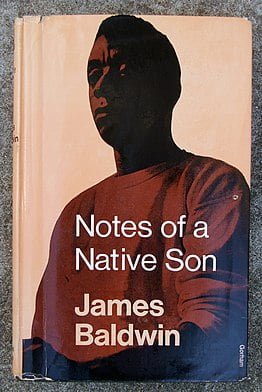
Moreover, as Beth Tillman mentions in a review, the essays were an exercise in humanising the black man for a white audience. Baldwin recognised that there existed a gap between racial classes in America and spent his life trying to bridge those divides. He often engaged in debates with white politicians and black activists to present the black experience more fully to people who were not privy to that perspective. This is also a theme in his book where he looks at the media produced by white authors and reflects on how black characters in the book have been presented in a dehumanising manner.
Also Read: Maya Angelou: The Phenomenal Black Woman Who Fought Against Injustice
James Baldwin’s life and work pose a question that many activists and members of marginalised communities try to answer. How far is it possible to have a conversation with the oppressor when they are complicit in the system and lack the experiential tools to understand your viewpoint? Regardless of the criticism Baldwin garnered for engaging in this conversation, at his core, he believed in the shared humanity of all people, and the importance of understanding and compassion in bridging divides.
A problem of representation
In the first part of his book, James Baldwin includes three essays which provide a deep dive into texts and films, authored by white men, that have depicted black people and the black experience in an inaccurate light. Through the lessons he draws out in his reading of these texts, he conveys to the audience that the inaccuracy of the texts is reflective of a larger value system that both black and white people subscribe to. It is one of white supremacy and racist ideology.
In the first essay, Everybody’s Protest Novel, he argues that protest novels, intending to bring greater freedom to the oppressed, while well-intentioned, often rely on oversimplified portrayals of black characters and white society, and ultimately fail to capture the complexities and nuances of the black experience.
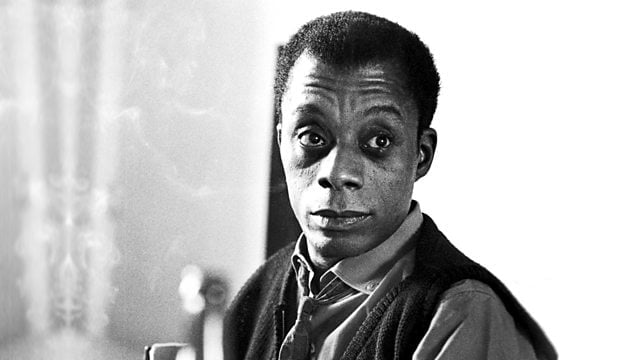
His exploration of a text from his childhood called Uncle Tom’s Cabin showcases a binary in the text where the main character, a black person is only redeemable because of his exceptional humility uncommon in other black folk. It reinforces the hierarchies of white people being placed on top through some automatic virtue. Baldwin says that these binaries are so pervasive that black people have come to internalise them.
Baldwin carries forward this idea in his next essay Many Thousands Gone where he explores the legacy of slavery in America and states that it is an integral part of the American experience. He explores the material and psychological impact of the history of slavery that black people continue to face.
According to him the oppression against black people is not only perpetuated through pseudo-science, statistics or hateful commentary but also sympathetic accounts by white people which aim never aim to engage with the heritage of oppression black people have inherited but try to encompass people in simplistic ideas of morality.
Baldwin also explores the different ways in which black women have been treated in media. In his subsequent essay, he looks at the film adaptation of the musical Carmen Jones where negative stereotypes of black women as overly sexual and destructive are introduced. He suggests that the film reflects the broader societal attitudes towards black women as objects to be used and exploited rather than individuals with agency and complexity.
Through his first part of essays, he has explored how popular culture and everyday activities are entrenched in a racist ideology and hints at a larger matrix of identities like those of women and queer folk being worse off under this paradigm.
Family, neighbourhood, and community
In the second part of the essay, Baldwin provides accounts from his own life, his childhood in Harlem, his interactions with his father and his observations about his communities. This set of essays is deeply personal and is in many ways written like a coming-of-age where the experiences of everyday discrimination have made him understand the rage and resentment black people feel.
In the first essay, he describes Harlem very fondly and his experiences of growing up there. However, he describes the people of the ghetto and states that their life of poverty, discrimination, and limited opportunities have led people to a life of crime and desperation. They have managed to create a vibrant culture in the ghetto but remain economically stagnant. This as per him continues because of the indifference and complicity of the white folk.
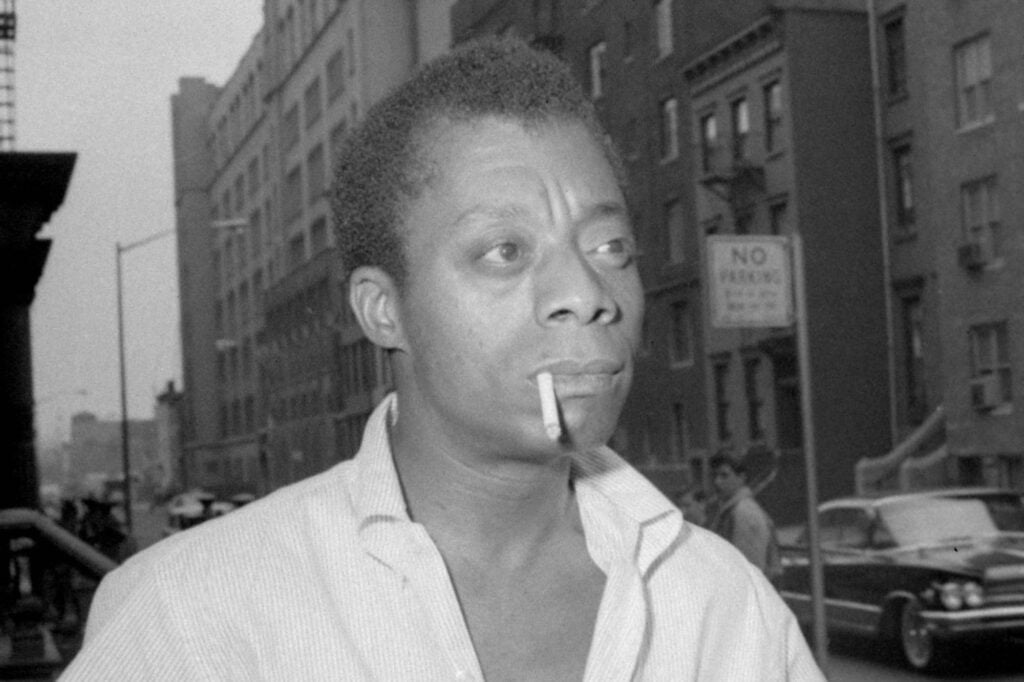
However, in his next essay, he shows how white people avoid accountability for such oppression by suggesting that black people themselves are responsible for their conditions. Their supposed ‘apathy‘ is used as a scapegoat at a time when more honest conversations need to be had about the reality of racism.
Instead, he highlights how black people are used as a vote bank in the political landscape. Baldwin’s growing disillusionment with the institutions of the police and the bureaucracy is visible in this essay.
The last essay of this section deals with the resentment that black people begin to harbour as a result of realising that America is not built to accommodate them. Here he describes his relationship with his father and begins to understand the alienation and cruelty that had made his father so bitter.
However, he also highlights that such patterns of mistrust were self-destructive because even when Baldwin does find a positive influence in his white teacher, he is unable to develop that interpersonal relationship.
Also Read: Book Review | Ain’t I A Woman: Black Women & Feminism By bell hooks
This section of essays, speaks to members of all marginalised communities, women, queer individuals, BIPOC, caste groups and others about the psychological and social influence of being cast aside by systems meant to protect one.
Identity and the self
The last set of essays in the book focuses on one’s self-perception and identity formation in a nation fraught with discrimination. In the first one of the set, Baldwin describes his encounter with a young North African man in Paris. They share a moment of connection and recognition because of their common experience of marginalisation and discrimination.
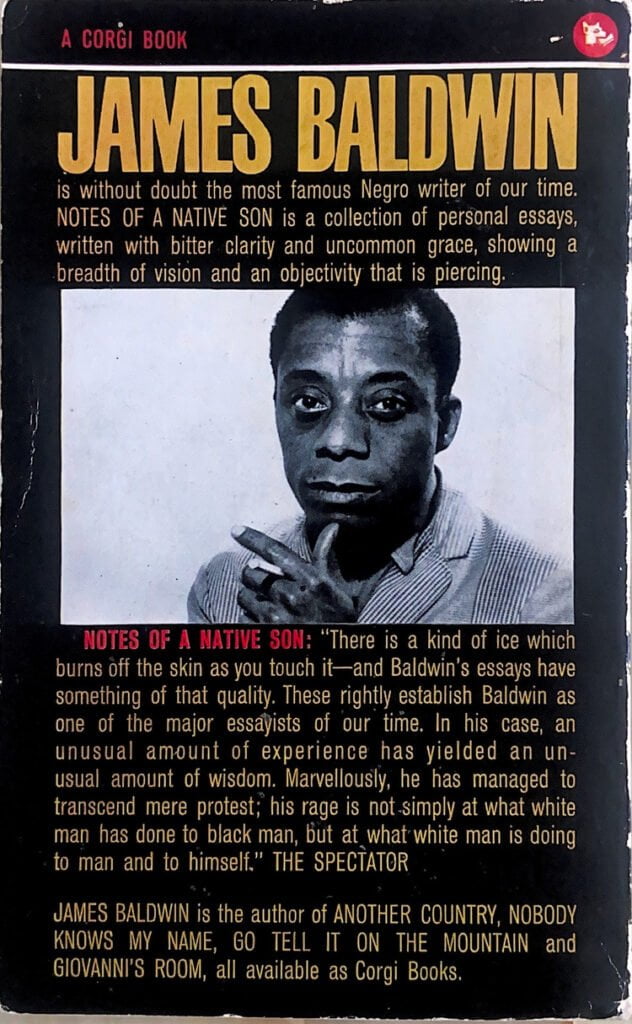
However, Baldwin notes the unique difficulty African Americans face in describing their own identity because they do not have a land to call their own. Thus, heritage and belonging work differently even for black people.
Baldwin discusses the ways in which racism and prejudice make it hard for black people to reconcile their sense of self with the way they are perceived and treated by the broader society. He describes the tension between the desire to assimilate and the need to maintain a distinct and separate identity and the ways in which this tension has played out in both individual lives and broader social movements.
He takes this idea forward in the next essay where Baldwin discusses the ways in which racism and prejudice make it hard for black people to reconcile their sense of self with the way they are perceived and treated by the broader society. He describes the tension between the desire to assimilate and the need to maintain a distinct and separate identity and how this tension has played out in both individual lives and broader social movements.
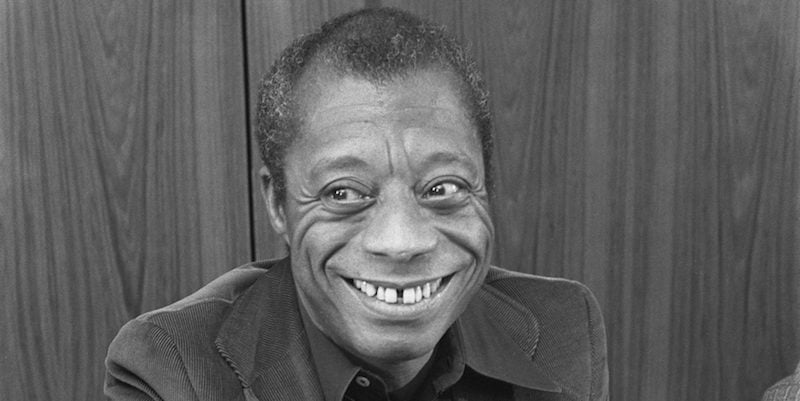
However, his subsequent essay Equal in Paris states that in Paris, he can escape the constraints of racism and homophobia that he experienced in America, to live a life of dignity and respect.
In the last essay, he emphasises the role of language in maintaining the myth of white superiority which continues to make self-identification and belonging hard for black Americans.
Also Read: Remembering Aretha Franklin: The Voice Of Black America
In all the essays, Baldwin is presenting a personal depiction of the African American experience. For the reader, the social struggles a community faces are localised in a person making it easier to humanise a historically marginalised community. Through this, Baldwin provides food for thought for other marginalised communities too.
His exploration of disenfranchisement for people of different colours and sexualities shows us how alienation works on different levels and the structures that reproduce that inequality for people at intersections of different marginal identities. These observations remain true in the socio-political milieu of current times too.
About the author(s)
Sakshi (she/they) is a student pursuing History at St. Stephen's College, Delhi University. They are interested in issues of gender, sexuality, education and culture. They love game nights, a good film and a sleeping in.
